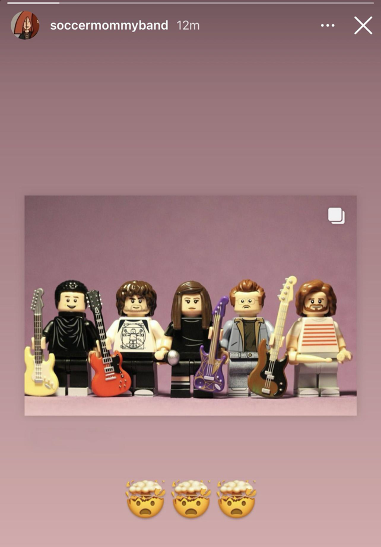Is Coke out to kill you?
Do you know what you’re drinking?Sanjukta Ghosh, a Castleton communication and woman’s studies professor, unveiled her in depth look into the Coca-Cola Company on Sept. 25 in the Jeffords Center Auditorium. The soundings event, titled “Pop Goes History,” detailed the extreme effects the company has had on America and the rest of the world.
In response to some of her students’ edging demands, Ghosh, unveiled her perspectives into what she called “the most admired trademark in the world,” Coca-Cola. She is convinced that not only is Coke an inseparable part of American culture, it’s an intrinsic hand in the American way of life.
Ghosh delved into the history of Coke, detailing how it has done so well for itself and also described how the company has altered people’s existences. Coke is credited for producing the female ideal in advertising, she said, portraying all the things that make for a good and proper woman.
Also the common depiction of Santa Claus is credited to a holiday advertisement created by the Coca-Cola Company. During World War II, Coke had factories built on the front lines in Europe for the troops. In a time when sugar ration cuts put other soda companies out of business, Coke was shipping crates of Coke bottles to Hitler and German troops.
In accordance to the findings of the presentation, Ghosh said that Coke can be found in 200 countries and is “present on all seven Continents, including Antarctica.” Because the Coke emblem is recognized by 94 percent of the world’s population, it has earned the reputation of being the most recognized brand in the world.
It takes nine liters of water to produce one liter of Coke in the factories. In countries like India where there are such factories, there is a great water shortage that hurts both the environment as well as the people living there. The factories dispel hazardous waste, while Coke allegedly continues to violate human rights in its factories.
In addition, the Coca-Cola Company has made 176 human rights violations in various countries and has repeated similar cases despite promising to change its policies. In regions like India, environmental and human rights protests are under way in an attempt to polish up the way Coke does business.
Ghosh assures that her presentation was not intended to stop people from drinking Coke or deter them from doing so. It was meant to be a way for students to “critically examine what they do everyday,” she said. Especially with what people consume and what they wear, whom they are supporting, and how they affect the world in the process.
For more insight on groups opposing Coke, visit www.killercoke.org.




